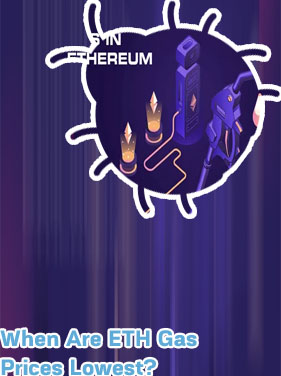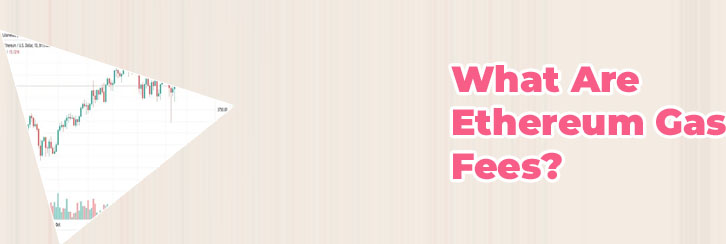Ethereum gas fees chart
Ethereum gas fees have been a hot topic of discussion among cryptocurrency enthusiasts, traders, and developers. As gas fees fluctuate due to network congestion and transaction volume, many people are looking for ways to better understand and anticipate these costs. To help navigate this issue, we have compiled a list of three articles that provide valuable insights into Ethereum gas fees and how to interpret gas fee charts effectively.
Decoding Ethereum Gas Fees: A Beginner's Guide to Understanding Transaction Costs

Today we are discussing the importance of understanding Ethereum gas fees with a focus on beginners. Gas fees are a critical aspect of Ethereum transactions, and getting a grip on them can save you time and money.
Gas fees are essentially the cost of performing transactions on the Ethereum network. It is important to understand that the more complex the transaction, the higher the gas fee. This guide breaks down the concept of gas fees in a beginner-friendly language, making it easier for newcomers to navigate the world of Ethereum.
One key takeaway from this guide is the explanation of how gas fees are determined. Factors such as network congestion and transaction complexity play a significant role in the fluctuation of gas fees. By understanding these factors, users can make informed decisions when it comes to executing transactions on the Ethereum network.
Overall, grasping the concept of Ethereum gas fees is crucial for anyone looking to engage with the world of decentralized finance. This guide serves as a valuable resource for beginners, providing them with the knowledge they need to navigate the Ethereum network efficiently and cost-effectively.
Analyzing Ethereum Gas Fee Trends: How to Use Gas Fee Charts to Optimize Transactions
Ethereum gas fees have been a hot topic among cryptocurrency users, especially those who regularly engage in transactions on the Ethereum network. Gas fees refer to the amount of computational effort required to execute a transaction or perform a function on the Ethereum blockchain. These fees can vary greatly depending on network congestion and other factors, making it crucial for users to stay informed about gas fee trends in order to optimize their transactions.
Gas fee charts are valuable tools that can help users analyze and understand the current state of gas fees on the Ethereum network. By studying these charts, users can identify patterns and trends, allowing them to make more informed decisions when it comes to setting gas fees for their transactions. For example, users may choose to wait for periods of lower network activity to perform transactions in order to save on gas fees.
In order to better utilize gas fee charts, users should consider monitoring the average gas fees over time, exploring historical data to identify trends, and using these insights to optimize their transaction strategies. Additionally, users should stay informed about upcoming network upgrades and changes that may impact gas fees in the future. By staying proactive and informed, users can navigate the complexities of Ethereum gas fees with confidence and efficiency.
Strategies for Minimizing Ethereum Gas Fees: Tips and Tricks for Cost-Efficient Transactions
Ethereum gas fees have long been a point of contention among users of the popular blockchain platform. As the network continues to grow in popularity, so do the costs associated with using it. In order to mitigate the impact of these ever-increasing fees, it is essential for Ethereum users to implement strategies that can help minimize their gas expenses.
One of the most effective ways to reduce gas fees on the Ethereum network is to carefully choose the times at which transactions are made. By avoiding times of peak network congestion, users can often secure lower fees for their transactions. According to recent data, gas fees on Ethereum tend to be significantly lower during off-peak hours, making it a strategic move for users to plan their transactions accordingly.
Another important strategy for minimizing Ethereum gas fees is to optimize the use of smart contracts. These self-executing contracts are a key feature of the Ethereum platform, but they can also be a source of high gas costs. By streamlining the code used in smart contracts and eliminating unnecessary functions, users can reduce the computational resources required to execute these contracts, ultimately leading to lower gas fees.













